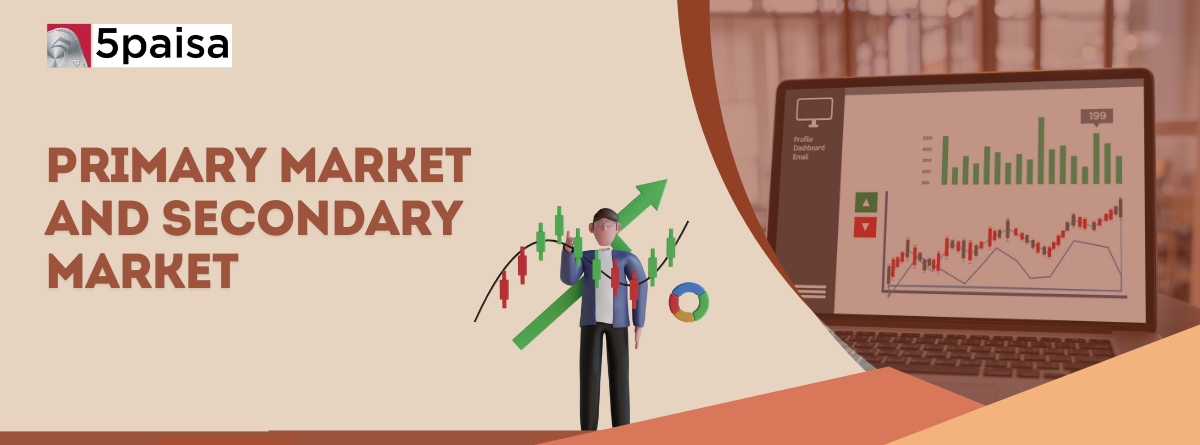Content
- Primary Market
- Types of Primary Market Offerings
- How Does the Primary Market Work?
- Secondary Market
- How Does the Secondary Market Work?
- Comparison of Primary and Secondary Market
- Features of Primary Market
- Features of Secondary Market
- Advantages and Disadvantages of Investing in the Primary Market
- Advantages and Disadvantages of Investing in the Secondary Market
- Regulations in the Primary & Secondary Market
- Conclusion
The financial market is a broad term that encompasses various markets and exchanges where financial instruments, such as stocks, bonds, and commodities, are traded. Two of the most important components of the financial market are the primary market and the secondary market. These two markets differ significantly in terms of their purpose, participants, pricing, and regulation.
The primary market is where new securities are issued and sold for the first time. It is the market where companies, governments, or other entities raise capital by issuing new stocks, bonds, or other securities. On the other hand, the secondary market is where previously issued securities are bought and sold among investors. It is the market where investors can buy and sell securities that have already been issued.
More Articles to Explore
- Difference between NSDL and CDSL
- Lowest brokerage charges in India for online trading
- How to find your demat account number using PAN card
- What are bonus shares and how do they work?
- How to transfer shares from one demat account to another?
- What is BO ID?
- Open demat account without a PAN card - a complete guide
- What are DP charges?
- What is DP ID in a demat account
- How to transfer money from demat account to bank account
Disclaimer: Investment in securities market are subject to market risks, read all the related documents carefully before investing. For detailed disclaimer please Click here.
Frequently Asked Questions
The primary market is where securities, such as stocks and bonds, are created and issued for the first time. It is the market where companies and governments raise funds by issuing new securities to investors.
On the other hand, the secondary market is where existing securities are traded between investors. It is the market where investors buy and sell previously issued securities, such as stocks and bonds, on exchanges or over-the-counter markets.
Companies raise funds in the primary market by issuing new securities, such as stocks and bonds, with the help of an underwriter. The company files a prospectus with regulatory authorities, sets the offering price, and markets the securities to potential investors.
The key players involved in the primary market include the issuer, underwriter, regulators, investors, and lawyers/accountants. The issuer is the company or government entity that issues new securities, while the underwriter helps the issuer determine the type of securities to issue, the offering price, and the number of securities to issue
Investors can participate in the primary market by purchasing newly issued securities directly from the issuer or through an underwriter. They can place orders through their broker, participate in an IPO, participate in a rights offering, or participate in a private placement. Investing in the primary market involves risks, and investors should carefully review the prospectus before investing.
Investors can participate in the secondary market by opening a brokerage account, placing an order to buy or sell securities, executing the order by the broker, and settling the trade. The secondary market provides investors with liquidity, transparency, and price discovery, which allows them to buy and sell securities easily and quickly.
A secondary market example is the stock exchange, like the NSE or BSE, where investors buy and sell existing shares after the initial issuance.
An example of a primary market is an Initial Public Offering (IPO), where companies issue new shares directly to investors for the first time to raise capital.




